Table of Contents
Guide
Comprehension and Extension Activities
After reading the book, work on the following questions with your child or students in order to check their level of reading comprehension and content mastery.
| What does a compass show? |
| Explain how lines of latitude and longitude work. |
| What does a cartographer create? |
| Which civilization developed the system of degrees for measurement? |
| Describe the things a map legend might show. |
Extension ActivityUse a map to plan a trip. Measure the distance from one place to the next. Can you calculate how long it will take you to drive or walk to your destination?Considering Scale Maps are like pictures that show you places and things from angles that you dont typically see in real life. The most common angle for a map is a view from far above, which is sometimes called a birds eye view. But, a map is much more than just a picture because it is meant to show very specific information.
Photos of New York taken from above dont look much like maps. The streets arent labeled. Roads are not highlighted and places of interest are not identified.  A topographic photo showing the southwest corner of New York Citys Central Park. , direction, or elevation. Calculating distance is one of the most common uses for a map.
A topographic photo showing the southwest corner of New York Citys Central Park. , direction, or elevation. Calculating distance is one of the most common uses for a map.
Maps make this an easy task because they are drawn to scale. But what does drawn to scale mean? Essentially, it means that the place the map shows is a different size than the map. This is done for practical reasons. A map of the United States that was the exact same size of the United States wouldnt be very useful. To start with, you wouldnt be able to store it anywhere! Instead, people rely on maps that depict large areas on a smaller scale.  A road map showing the southwest corner of New York Citys Central Park.
A road map showing the southwest corner of New York Citys Central Park.  A road map showing the southwest corner of New York Citys Central Park.
A road map showing the southwest corner of New York Citys Central Park.
STEM in Action ? Have you ever wondered how big the United States is? You can find out by using a map. Your map of the United States might use a different scale, but for the purposes of this example, imagine that the scale of the map is 1 inch equals 150 miles. Using a ruler, find out how many inches there are between the West Coast of the United States and the East Coast. Your map might be different, but in this case, lets say there are about 18 inches from the West Coast to the East Coast. To convert this distance from inches to miles, all you have to do is multiply the number of inches by the scale: 18 150 = 2,700 So the United States is about 2,700 miles across! Now that you know the distance across the United States, what about the distance from top to bottom? This is a little trickier than measuring the distance across, because this time there isnt a specific stopping point like the Atlantic and Pacific oceans. 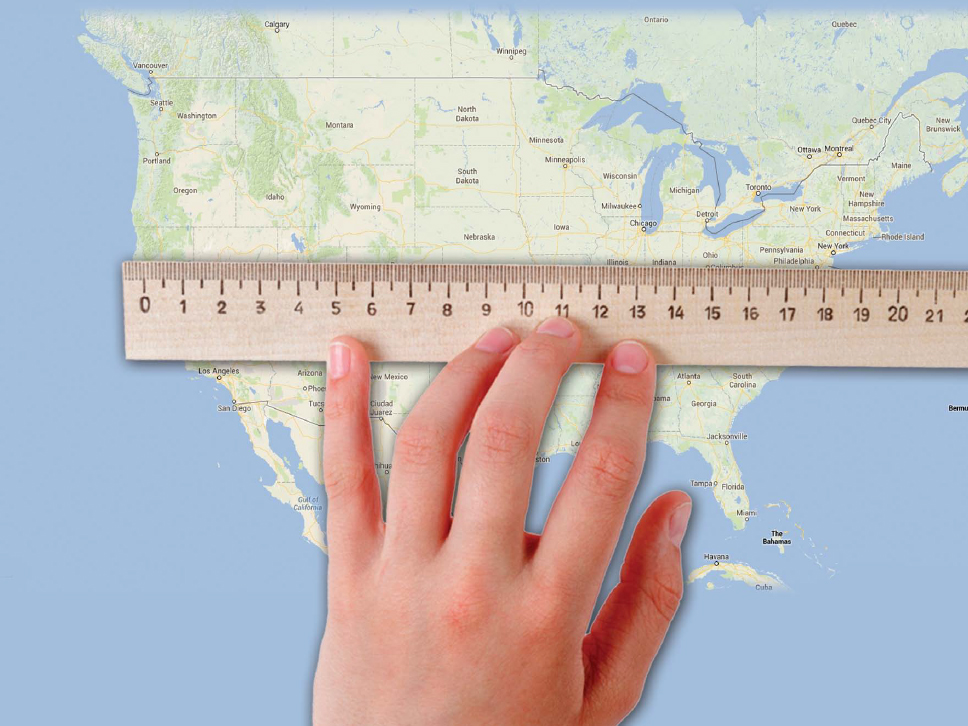 STEM in Action ? Now that you have those two calculations, you can calculate the of the United States.
STEM in Action ? Now that you have those two calculations, you can calculate the of the United States.  STEM in Action ? Now that you have those two calculations, you can calculate the of the United States.
STEM in Action ? Now that you have those two calculations, you can calculate the of the United States.
That is to say, the measure of the total land mass. To calculate this figure, you need to multiply the distance across by the distance from top to bottom. The results will be in square miles: 2,700 1,575 = 4,252,500 So the total area of the United States is about 4,252,500 square miles! To make things simpler, you can also round that number down and say that the total area of the United States is about 4 million square miles. As you can see, maps are very useful for measuring distances, which is why they come in handy when planning a trip. is another reason why maps are so useful. Its good to know how far away your destination is when you begin a trip.
But unless you know what direction to travel in, you might as well stay home.  STEM Fast Fact ! Legends Very detailed maps often come with . A legend is a box on the map, usually placed in one of the corners, that explains what the symbols or icons on the map mean. Some standard map icons include:
STEM Fast Fact ! Legends Very detailed maps often come with . A legend is a box on the map, usually placed in one of the corners, that explains what the symbols or icons on the map mean. Some standard map icons include:  The letter H represents a hospital
The letter H represents a hospital  An airplane represents an airport
An airplane represents an airport  A tent repsresent a campground Can you think of other symbols that might appear on a map legend and what they would stand for?
A tent repsresent a campground Can you think of other symbols that might appear on a map legend and what they would stand for? 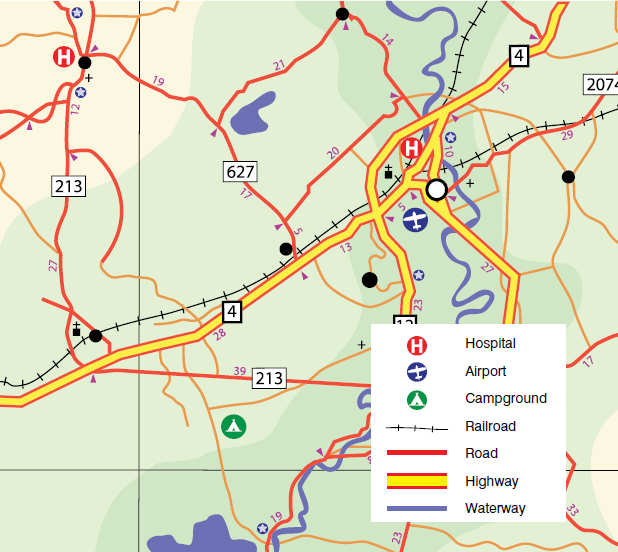 Using a Compass Did you know that the Earth is a giant magnet? Like a magnet, the Earth has a North Pole and South Pole. The North Pole is called the Arctic. The South Pole, on the other hand, is called Antarctica.
Using a Compass Did you know that the Earth is a giant magnet? Like a magnet, the Earth has a North Pole and South Pole. The North Pole is called the Arctic. The South Pole, on the other hand, is called Antarctica.
It is because of Earths magnetic properties that people can use compasses. With the right map and a compass, you can find your way just about anywhere in the world.  A compass is an instrument that you are probably already familiar with, even if you do not know how it works. A compass is a magnet. More specifically, the directional needle on a compass is a magnet. One end of the needle is usually painted.
A compass is an instrument that you are probably already familiar with, even if you do not know how it works. A compass is a magnet. More specifically, the directional needle on a compass is a magnet. One end of the needle is usually painted.
The needle turns in reaction to the Earths magnetism and the painted end always points north. STEM in Action ? A typical compass indicates the four basic directions: N North S South E East W West These directions always point in the same way: North Top South Bottom East Right West Left With north defined by the compass needle, you can also determine which direction is south, east, or west.  of direction. Degrees are a unit of measurement developed by the ancient Greeks. They divide a circle into 360 portions, or degrees.
of direction. Degrees are a unit of measurement developed by the ancient Greeks. They divide a circle into 360 portions, or degrees. 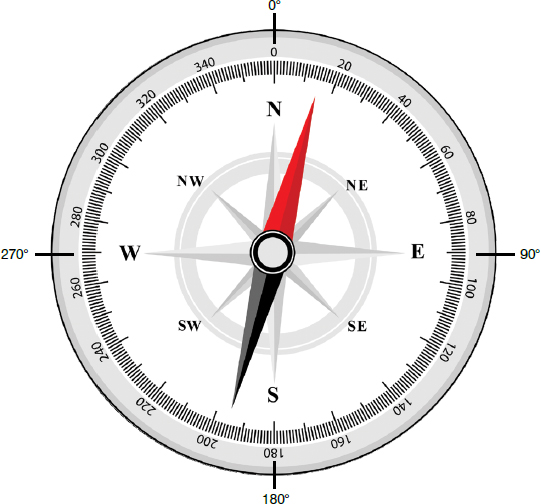 STEM Fast Fact ! What are the degree markings on a compass? North - 0East - 90South - 180West - 270 The difference in degrees between each of the four directions is exactly 90 degrees.
STEM Fast Fact ! What are the degree markings on a compass? North - 0East - 90South - 180West - 270 The difference in degrees between each of the four directions is exactly 90 degrees. 

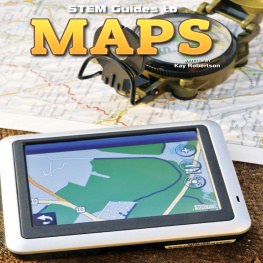

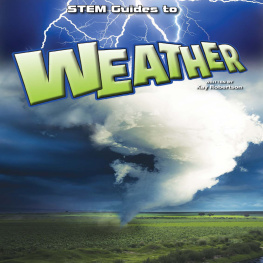

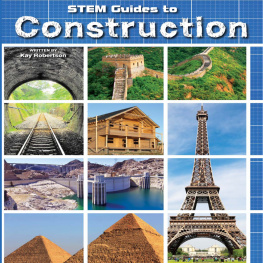


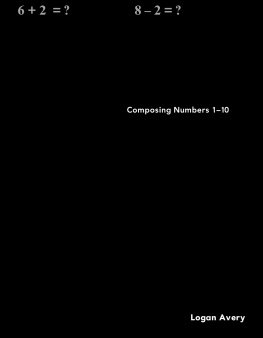
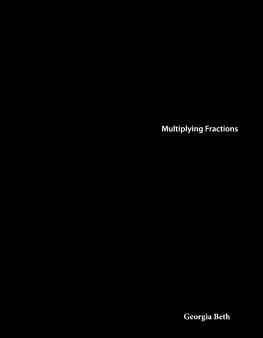
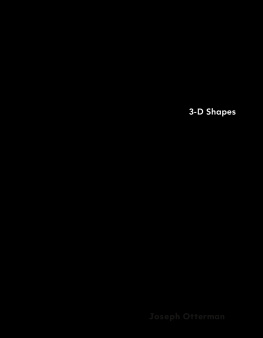

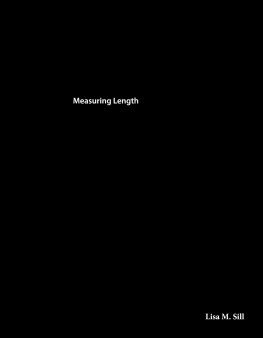

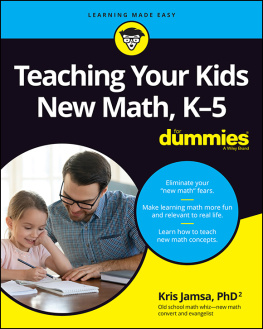


 A topographic photo showing the southwest corner of New York Citys Central Park. , direction, or elevation. Calculating distance is one of the most common uses for a map.
A topographic photo showing the southwest corner of New York Citys Central Park. , direction, or elevation. Calculating distance is one of the most common uses for a map. A road map showing the southwest corner of New York Citys Central Park.
A road map showing the southwest corner of New York Citys Central Park.  STEM in Action ? Now that you have those two calculations, you can calculate the of the United States.
STEM in Action ? Now that you have those two calculations, you can calculate the of the United States.  STEM Fast Fact ! Legends Very detailed maps often come with . A legend is a box on the map, usually placed in one of the corners, that explains what the symbols or icons on the map mean. Some standard map icons include:
STEM Fast Fact ! Legends Very detailed maps often come with . A legend is a box on the map, usually placed in one of the corners, that explains what the symbols or icons on the map mean. Some standard map icons include:  The letter H represents a hospital
The letter H represents a hospital  An airplane represents an airport
An airplane represents an airport  A tent repsresent a campground Can you think of other symbols that might appear on a map legend and what they would stand for?
A tent repsresent a campground Can you think of other symbols that might appear on a map legend and what they would stand for?  Using a Compass Did you know that the Earth is a giant magnet? Like a magnet, the Earth has a North Pole and South Pole. The North Pole is called the Arctic. The South Pole, on the other hand, is called Antarctica.
Using a Compass Did you know that the Earth is a giant magnet? Like a magnet, the Earth has a North Pole and South Pole. The North Pole is called the Arctic. The South Pole, on the other hand, is called Antarctica. A compass is an instrument that you are probably already familiar with, even if you do not know how it works. A compass is a magnet. More specifically, the directional needle on a compass is a magnet. One end of the needle is usually painted.
A compass is an instrument that you are probably already familiar with, even if you do not know how it works. A compass is a magnet. More specifically, the directional needle on a compass is a magnet. One end of the needle is usually painted. of direction. Degrees are a unit of measurement developed by the ancient Greeks. They divide a circle into 360 portions, or degrees.
of direction. Degrees are a unit of measurement developed by the ancient Greeks. They divide a circle into 360 portions, or degrees.  STEM Fast Fact ! What are the degree markings on a compass? North - 0East - 90South - 180West - 270 The difference in degrees between each of the four directions is exactly 90 degrees.
STEM Fast Fact ! What are the degree markings on a compass? North - 0East - 90South - 180West - 270 The difference in degrees between each of the four directions is exactly 90 degrees.